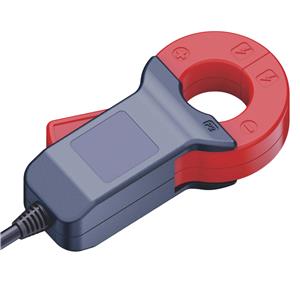How to Choose the Right Voltage Transformer for Your Needs
Voltage transformers (VTs) are essential components in power systems, enabling accurate measurement and control of voltage levels. Choosing the right VT for your specific requirements is crucial to ensure optimal performance and reliable operation. In this article, we will discuss key factors to consider when selecting a VT.
1. Voltage Ratio: The voltage ratio of a VT determines the level of voltage transformation it can achieve. Determine the required voltage ratio by considering the input voltage range and the desired output voltage range. Ensure that the VT's voltage ratio matches your specific needs to avoid under- or over-transforming the voltage.
2. Accuracy: Accuracy is a critical parameter to consider when selecting a VT. The accuracy of a VT determines how closely the output voltage reflects the actual input voltage. Look for VTs with high accuracy ratings to ensure precise voltage measurement and control.
3. Load Capacity: The load capacity of a VT refers to the maximum load it can handle without affecting its performance. Consider the expected maximum load in your system and choose a VT with an appropriate load capacity to avoid overloading and ensure reliable operation.
4. Frequency Range: Power systems operate at specific frequencies, such as 50 Hz or 60 Hz. Ensure that the VT you choose is designed to operate within the frequency range of your power system.
5. Insulation Level: Insulation is crucial to prevent electrical leakage and ensure safety. Check the insulation level of the VT, considering factors such as voltage withstand capability, creepage distance, and insulation class. Higher insulation levels are generally preferred for better protection and durability.
6. Temperature Range: Power systems can operate in various environments with different temperature ranges. It is important to select a VT that can withstand the temperature conditions of your specific application. Look for VTs with wide temperature ranges and thermal protection features to ensure reliable operation in different environmental conditions.
7. Size and Mounting: Consider the physical dimensions and mounting options of the VT to ensure compatibility with your installation requirements. Check if the VT can be easily mounted and fits within the available space in your system.
8. Quality and Reliability: Choose VTs from reputable manufacturers known for their quality and reliability. Look for certifications and standards compliance to ensure that the VT meets industry requirements and undergoes rigorous testing.
9. Cost: While cost is a factor to consider, it should not be the sole deciding factor. It is important to balance cost with the required performance and reliability of the VT. Investing in a high-quality, reliable VT may save you maintenance and replacement costs in the long run.
In conclusion, selecting the right VT involves considering factors such as voltage ratio, accuracy, load capacity, frequency range, insulation level, temperature range, size, quality, and cost. By carefully assessing your specific needs and comparing different options, you can choose a VT that meets your requirements and contributes to the efficient and reliable operation of your power system.




